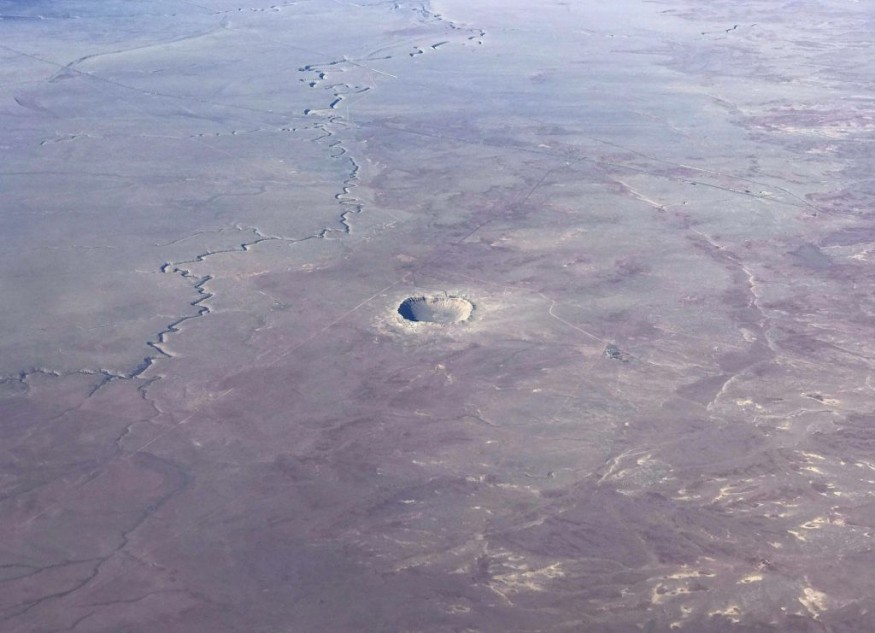Researchers analyzed asteroid impacts for the last hundreds of million years using a crater detection algorithm.
As specified in a Sci-News report, with the said novel method, which "automatically counts the visible impact craters" from a high-resolution image, a planetary research team from the United States, Australia, France, and Côte d'Ivoire has analyzed the formation of over 500 massive impact craters on Mars.
According to researcher Dr. Anthony Lagain, from the Space Science and Technology Centre at Curtin University, despite past studies that suggest spikes in the frequency of collisions of asteroids, their study had found they did not differ much at all "for many millions of years.
He added that counting impact craters on a planetary surface was the only way to precisely date geological occurrences like canyons, rivers, and volcanoes and predicted future collisions' time and size.

Providing Better Insight of the Evolution of Earth
The researcher also explained that the erosion of plate tectonics is erasing the history of Earth on this planet. He continued, studying planetary bodies of the Solar System that still conserve their early geological history, like the red planet, helps understand the evolution of the Earth.
Essentially, the new crater detection algorithm gave the team a thorough insight into the formation of impact craters, including how big they are, their quantity, the timing of, and how often the asteroid collisions made them take place.
Commenting on the previous studies, Dr. Lagin suggested that "there was a spike" in terms of timing of asteroid collisions and frequency because of debris production.
When large bodies bang into each other, he explained, they break into debris or pieces, which is believed to impact the formation of impact craters.
In the new research, the study examined the randomness of the age distribution of the craters, specifically that of the three considered populations on Mars, Moon, and Earth.
Frequency of Formation Can Already Be Automatically Dated
Dr. Lagain said their study, published in the Earth & Planetary Science Letters journal, shows it is unlikely that debris came out in any changes to the "formation of impact craters on planetary surfaces."
A similar 365NEWSX report said, professor Gretchen Benedix, co-author of the study and a researcher in the Space Science and Technology Centre at Curtin University, the Planetary Sciences Institute, and the Department of Earth and Planetary Sciences at the Western Australian Museum added, their algorithm could be adapted to work on other planetary surfaces as well, which include the Moon.
Benedix also explained that the formation of thousands of lunar craters could already be dated automatically, and the frequency of their formation, analyzed at a higher resolution to examine their evolution.
This, she continued, will offer valuable information that could have practical applications in the future in terms of nature preservation and agriculture, like the detection of bushfires and categorizing the use of land.
Related information about asteroid impacts is shown on Discovery UK's YouTube video below:
RELATED ARTICLE : NASA's Near-Earth Asteroid Scout to be Visited by Spacecraft; The 1st Deep Space Mission of Its Kind
Check out more news and information on Space in Science Times.
© 2025 ScienceTimes.com All rights reserved. Do not reproduce without permission. The window to the world of Science Times.











